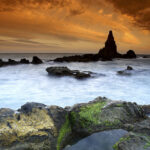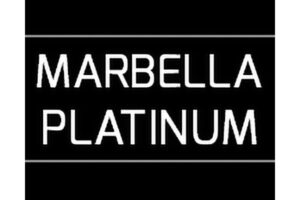The story of a sleepy fishing village that was re-founded as a world-class tourism resort by an aristocrat of German origin? No, the real story is much more interesting.
Article by Vivion O’Kelly
From a Phoenician settlement in the 7th century BC right up to the premier tourism resort at the beginning of the 21st century, Marbella has seen it all. Romans and Moors, and many other settlers before them, lived here, and they left behind a bigger footprint than we might have imagined.
Music, local customs and gastronomy are just some of the areas directly influenced by the presence of so many different peoples and their cultures in this locality throughout the ages, although the same could be said of Spain as a whole. More specific to Marbella, however, they left behind evidence of having been here in the buildings that still stand and other structures of their time, many of them now in ruins, and that is what we take a look at in this article.

Occasional media reports, some of them quite recent, remind us that there is hardly a square metre of ground in ancient Spanish towns and cities where excavation work does not uncover remains of the past, and Marbella is no different in this respect. Just last year, work on the La Fonda restaurant in Plaza de Santo Cristo, on Calle Ancha, unearthed the foundations of the long-lost San Sebastián Hermitage, whose existence was known about but not its exact location, and nearby, a common grave containing the bones of more than 150 people who died of an epidemic in the 17th century brought over from Flanders.
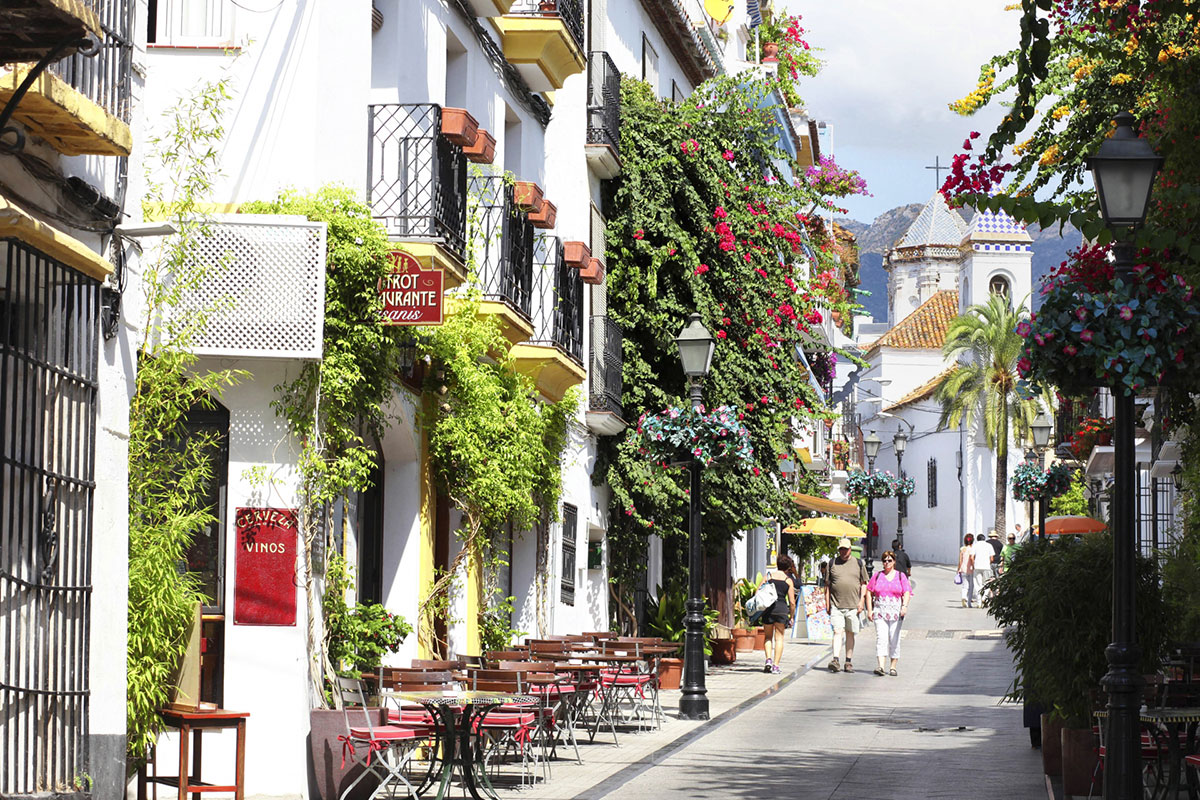
Archaeologists have found some evidence of human habitation dating from Palaeolithic and Neolithic times in the mountains above and around Marbella, but believe that the first settlement in where the town now stands was in Phoenician or Carthaginian times, although they have no physical evidence of this, other than various artefacts found in the area.
We have concrete evidence of the Romans. They built, at some time in their occupation of this land, at least one of the temples most associated with them, which we know from the remains of three Ionic Capitals embedded in the old Moorish walls that still stand. Recycling is not as recent a phenomenon as one might think.

More remains have been discovered in the town at Calle Escuelas and other locations, while outside the town itself, we have the 1st century Roman Bridge at the aptly named Puente Romano Hotel, the Villa Romana at Río Verde, the Roman Baths at Guadalmina and the ruins of a Roman villa and early Byzantine basilica at Vega del Mar, dating from the 3rd century and surrounded by a paleo-Christian necropolis which was used later as a burial ground by the Visigoths. There appears to be no firm consensus of opinion on the name given by the Romans to this settlement, Barbésula being the choice of most historians and the name Marbella coming many centuries later.

Which brings us to the Moors, a name understood by present-days Spaniards as being derogatory and therefore changed to Arabs in recent times, which originally described the Maghrebine Berbers, although the word does not have a definitive meaning. In any case, as we all know, they crossed the Straits of Gibraltar in the year 711 and quickly conquered the Iberian peninsula. Marbella, as was the case with regard to the advancing Franco forces at the start of the Civil War in the 20th century, was a natural victim of geographical proximity to the Straits.
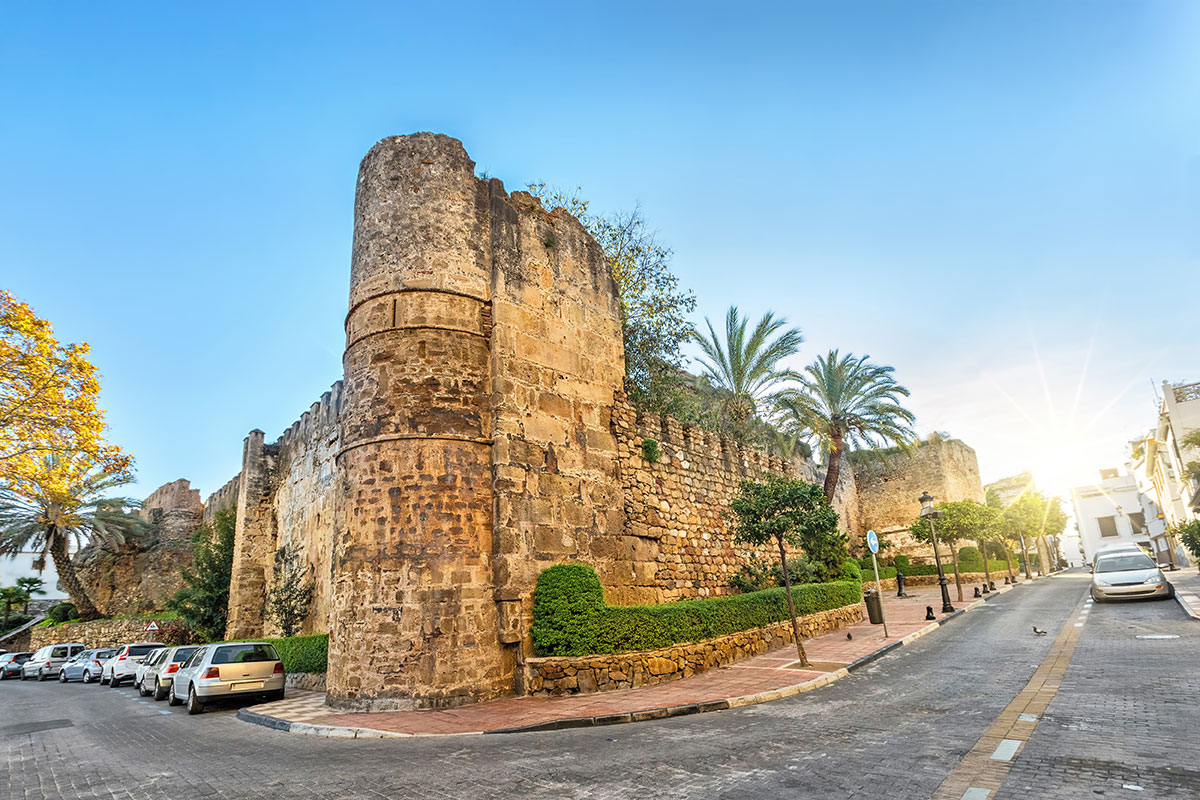
The Moors began construction of the Alcazaba and defensive walls to protect their settlement in the late 10th century, probably over an earlier Roman fortification and enclosing the medina in what is still part of the historic town centre. Following the reconquest by the Christian forces in the 15th century, further modifications were carried out on the walls, now offering little protection against heavy artillery of the time. Huge foundation stones and the three Ionic Capitals already mentioned (on calle Trinidad) testify to the presence of an earlier Roman fortification in or around this spot.
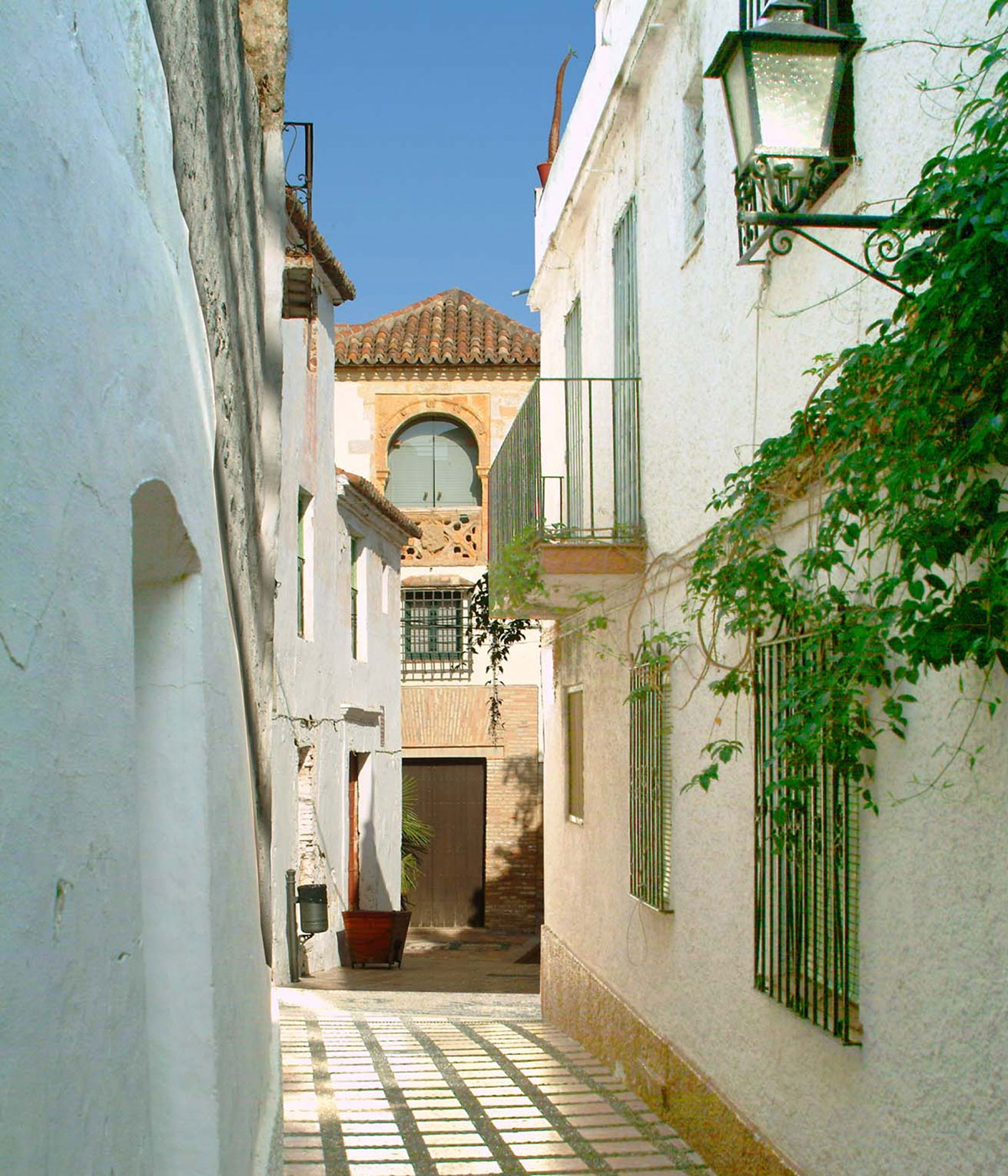
The village at this time was surrounded by orchards, while figs and mulberry trees were harvested for silkworm cultivation. It was then, according to some sources, that the settlement was given its present name: Marbal la, which may have derived from a previous Iberian place name, although alternative options are freely available. The famous Berber explorer Ibn Battuta described it as “a pretty little town in a fertile district.”
In the early modern age, now under Christian rule, the town was granted royal protection and awarded the title of city and regional capital. It was then that the Plaza de Los Naranjos was built, along with the many important civic and religious buildings around it, such as the Fuerte de San Luis (1554), the Iglesia del Santo Cristo de la Vera Cruz and the Ermita del Calvario. One of the buildings whose façade is in an excellent state of preservation is the Casa del Correjidor, built in the 16th century, which now has a restaurant underneath it on Orange Square. At least we can eat historically.
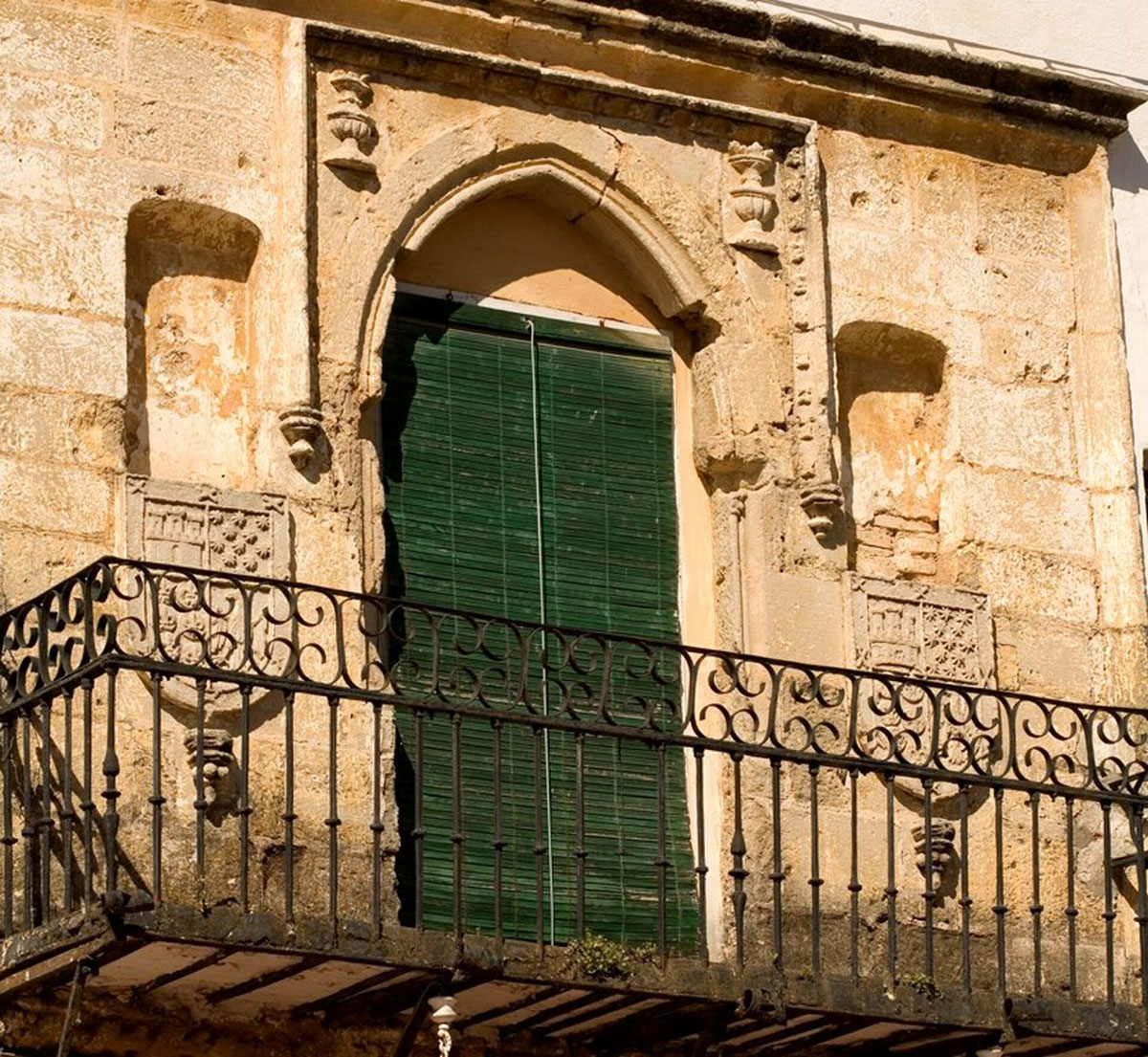
In 1828, a Malaga businessman founded a company called La Concepción, to mine iron ore in the Sierra Blanca mountains near Ojén, where necessary charcoal and water was readily available. He built the first charcoal-fired blast furnace of non-military use in Spain a few years later, and for a time, his company produced in excess of 70 percent of the country’s cast iron, employing about a thousand workers by the middle of the century. Hard times followed, of course, as they always do on the southern perimeters of the continent, until the situation was alleviated by the founding of the British-owned Marbella Iron Ore Company in the latter half of the century. This, in turn, fell victim to the worldwide economic crisis of the 1890s. The industry finally closed shop in 1970, leaving us with one of Marbella’s most iconic structures: the Torre del Cable, built in the 1950s and now sitting rather unsteadily a few hundred meters off the shoreline at the beach of the same name. If the cable towers along the way from Ojén were still standing, its purpose would be more evident.

Marbella, then a town of fewer than a thousand residents, played no significant part in the Spanish Civil War. It had suffered more anti-clerical violence than most in the western part of Malaga province as the war began, and several churches were set on fire. Nationalist forces, supported by Italian fascist troops, captured the town early in the conflict, and it later became a haven for prominent Nazis such as Léon Degrelle and Wolfgang Jugler.
And then along came Ricardo Soriano, Marquis of Ivanrey, and his cousin Prince Alfonso de Hohenlohe-Langenburg, changing a village of fewer than a thousand people into the glitzy tourism resort we all know and love. But that’s a different story.
Photos courtesy of Marbella City Council: turismo.marbella.es



